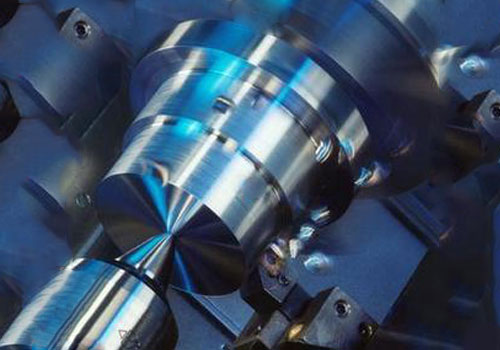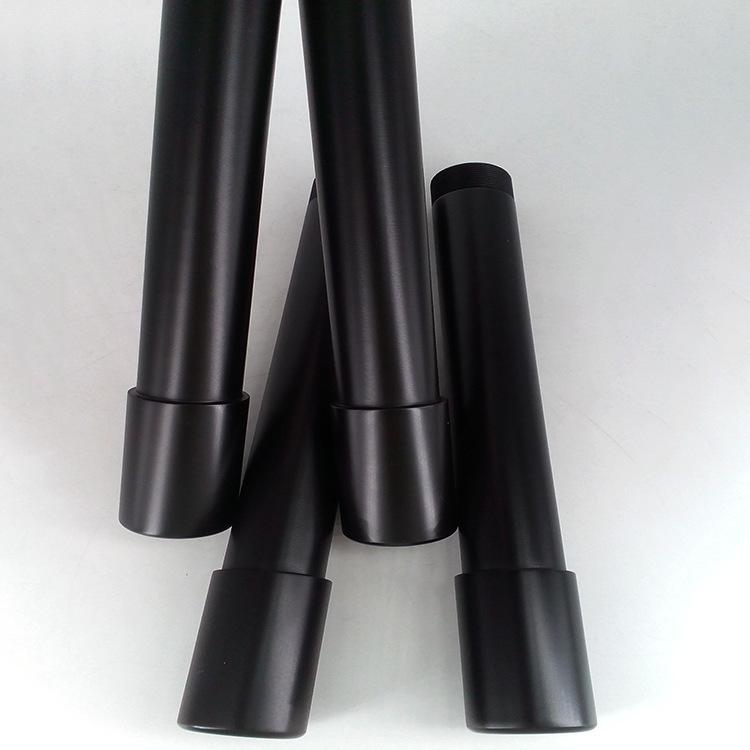Sheet metal parts will have various levels of sharp edges and burrs throughout the manufacturing process. These burrs and sharp edges surpassing a specific limit will influence numerous aspects, including product production, quality, turnaround transportation, looks, and performance. They can even damage production users by affecting the processing/assembly positioning, the surface coating, etc.
With the consistent improvement of individuals’ requirements for products, the ferocity of uncontrolled burrs and sharp edges has drawn more consideration increasingly from people.
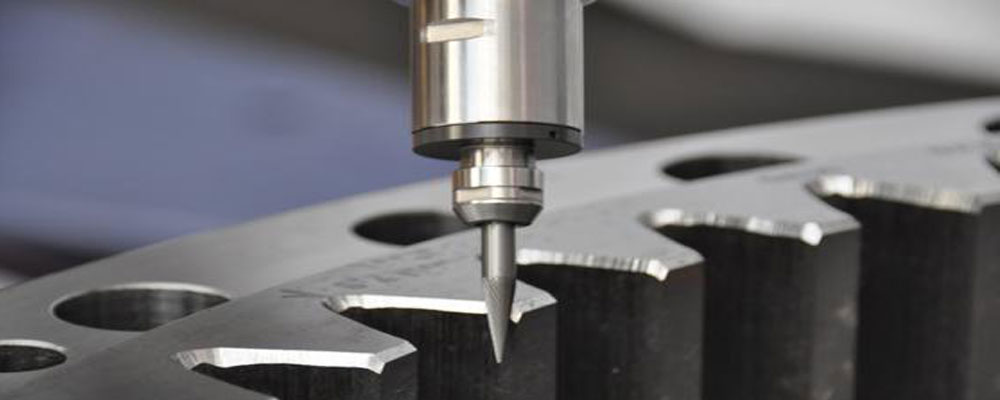
Reasons for Sharp Edges and Burrs on Sheet Metal Parts
Sharp edges are plane convergences occurring naturally during processing.
Sheet punching burr refers to the partition stage that the material enters in the wake of going through elastic and plastic deformation during the blanking or shearing process. When the plunging begins, cracks occur close to the die-cutting edge.
With an increasing amount of cut, the upper and lower cracks keep on expanding into the material. When the cutting-edge clearance gets set appropriately, the upper and lower cracks overlay and the sheet is ordinarily broken and isolated. When the cutting-edge gap isn’t set as expected, the upper and lower cracks don’t overlap, causing punching burrs.
The primary causes for burrs in laser-cutting sheet metal parts are:
- When a laser cutting machine works on a workpiece, the high energy produced by the laser beam causes the workpiece’s cutting portion to vaporize and evaporate rapidly. For ensuring the cutting quality, the slag staying on the surface after gasification of the workpiece’s cutting surface should be passed over with auxiliary gas.
- Suppose auxiliary gas isn’t utilized after the slag gets cooled. In that case, burrs will be generated on the cutting surface, which is the fundamental driver of burrs. Likewise, the setting of processing parameters and equipment accuracy are secondary reasons for burrs.
- Because of process requirements in punching/shearing, the amplified micro-connections between parts and tool contacts are significant reasons for burrs.
The Need to Control Sharp Edges and Burrs
Essentially, the sharp edges and burrs created during sheet metal processing influence the workpiece’s surface quality and product appearance and cause safety hazards.
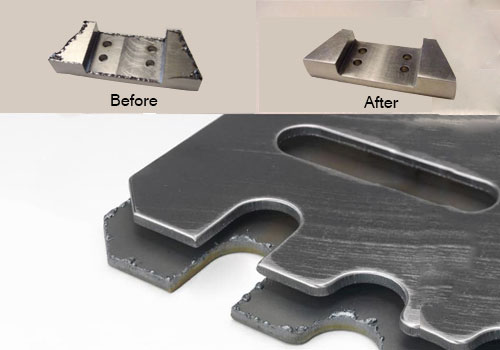
Ways to Control Sharp Edges and Burrs
Controlling the sharp edges and burrs can be partitioned into two types:
The first one gets considered without any sharp edges and burr processing technology, including maintaining the burr height within the permissible range. For elevator SS sheet metal parts, the design department cares about the burr formation mechanism and removal technique at the product/process design stage to limit burrs.
The other type refers to deburring technology, just like the following ways in the production of punching and shearing:
- Deciding on a sensible tool clearance during punching and shearing is a vital factor influencing the products’ burrs. The edge gap size relies upon the strength and thickness of the material to be punched and sheared.
- The abrasion and roughness of the tool cutting edge in punching/cutting is another significant reason affecting the product burr. So, control the wear degree and cutting-edge roughness. If the edge damages or wears, it will get curved, and the clearance will increase because of side wear, increasing the burrs. During production, tools usually go through three phases: initial wear, normal wear, and abnormal wear. Using different tools before abnormal wear is perfect. However, restricted by the product accuracy requirements, the allowable burr height may reach the normal wear area. Now, substitution and grinding should get performed. We should consistently check, keep up, and hone the tool cutting edge to reduce the material burr and the machine tool’s shear force and extend its service life.
- Choose the suitable processing tools, equipment, and status. The tool’s material should get chosen to obtain high wear resistance and hardness. Higher hardness of the tool cutting edge will give smaller burr height.
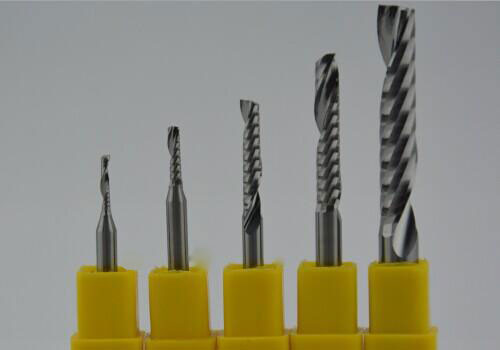
For processing equipment accuracy, the equipment’s higher static and dynamic accuracy will provide less possibility of plate burrs. Lubrication oil can decrease the friction between the processing material and the tool cutting edge. Simultaneously, it can forestall the temperature rise triggered by shear deformation and keep the processed material from sticking to the tool cutting edge. In this way, good lubricating conditions can decrease the chance of burrs.Moreover, some other actions can be taken in laser cutting production. For example, these include: selecting high-purity cutting auxiliary gas and suitable cutting parameters and modifying the machine tool’s static and dynamic accuracy.
As far as micro-connections between parts and tool contacts in punching/shearing are concerned, they must be used as little as could be expected. After that, they should be removed manually or by machine.
Other Measures to Control Sharp Edges and Burrs
Besides taking the actions mentioned above to minimize sharp edges and burrs, the priority orders of eliminating sharp edges and burrs get divided into high, medium, and low risks. These are based on various stages’ requirements and risks associated with sharp edges and burrs.
Some products should get deburred in producing sheet metal parts of the elevator before transferring them to the following processing. However, some products directly come in the product assembly. The products are considered from an appropriate economic viewpoint. Different deburring measures are chosen to ensure high product quality and production efficiency, and minimal expense.
Presently, numerous techniques exist for eliminating sheet metal parts’ sharp edges and burrs. Still, a large portion of the SS sheet metal parts of elevators implements mechanical strategies. Sharp edges and burrs are eliminated by machine grinding before bending for large and medium volume parts. And for small volume parts, manual honing and burr strategies can be utilized.
Standard Deburring Technology of SS Sheet Metal Parts
The deburring machine can be positioned after the punching and shearing center. This method is chiefly utilized for deburring car doors, hall doors, and car walls in large-scale production without bending. The brush deburring machine can be placed after the laser cutting machine, essentially utilized for medium batches, for example, door head, front wall, car roof, and so forth, and the unbent products’ burr elimination after laser cutting.
A manual deburring tool can also be utilized for small product batches – the products not appropriate for machine deburring.
There are numerous limitations to the sensible selection and determination of deburring technology, including the current production circumstances, workers’ technical quality, and working propensities. An appropriate deburring process impacts enhancing product quality and decreasing manufacturing costs. Under the idea of ensuring quality, the minimal expense is essential for selecting a deburring operation.
The sensible choice of deburring technology includes asking the reasonable question of which deburring process to utilize and essentially affects the investment in plant, process equipment, and environmental protection.
Ending Notes
The causes and control measures for forming sharp edges and burrs of the elevator sheet metal parts and their removal process have been depicted above. Remember, it is hard to keep away from burr entirely in the typical punching/shearing process. But then again, we can choose suitable conditions, control measures, and elimination processes. It will help boost productivity, limit costs on the principle of ensuring quality, and deal with the risks of burrs and sharp edges to a minimum.
Turn to Runsom to Deburr Your Sheet Metal Parts
It’s of great significance to find out a manufacturer with extensive knowledge and experience to produce your sheet metal parts. With this regard, Runsom Precision can always be your premier choice. Whether you want to process or deburr your SS sheet metal parts, please contact us directly and we’re glad to help. We will choose the best suitable deburring method to make the smoothest result for your finished sheet metal parts.
We also provide a series of CNC machining services, ranging from CNC milling, CNC turning, to surface finishing options to satisfy your machining needs. Request a rapid quote now to start your next project with us.
Other Articles You May be Interested in:




